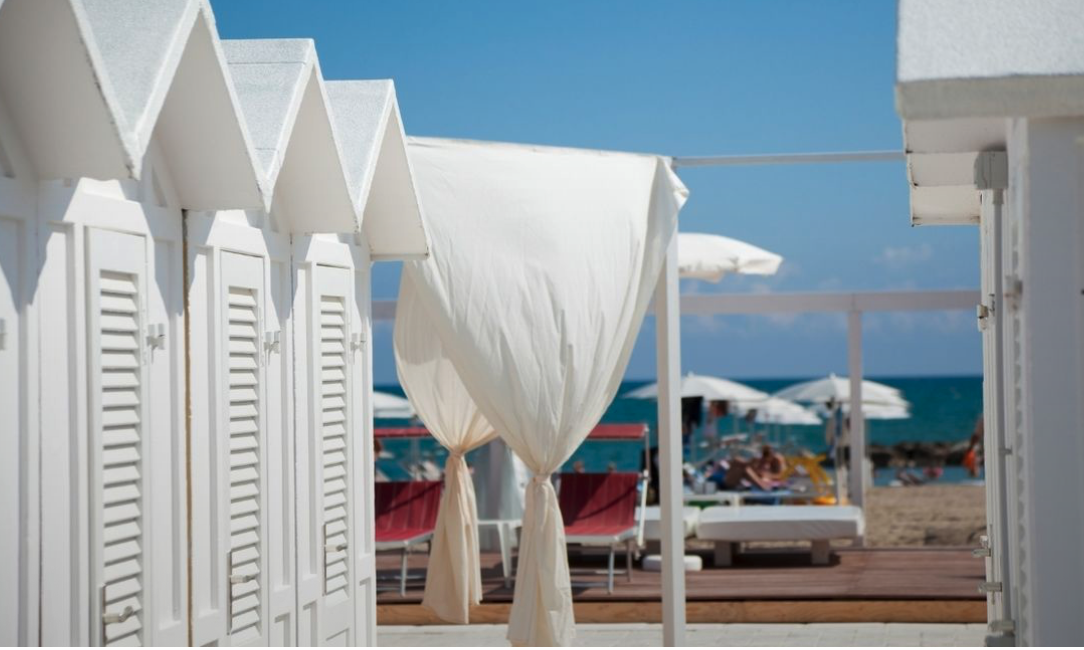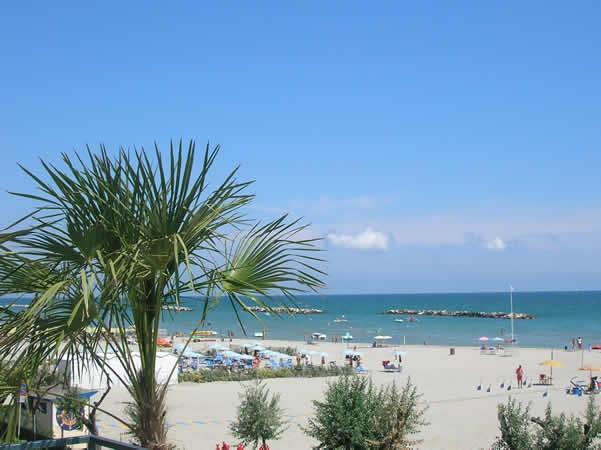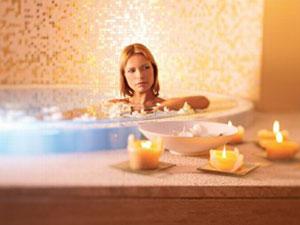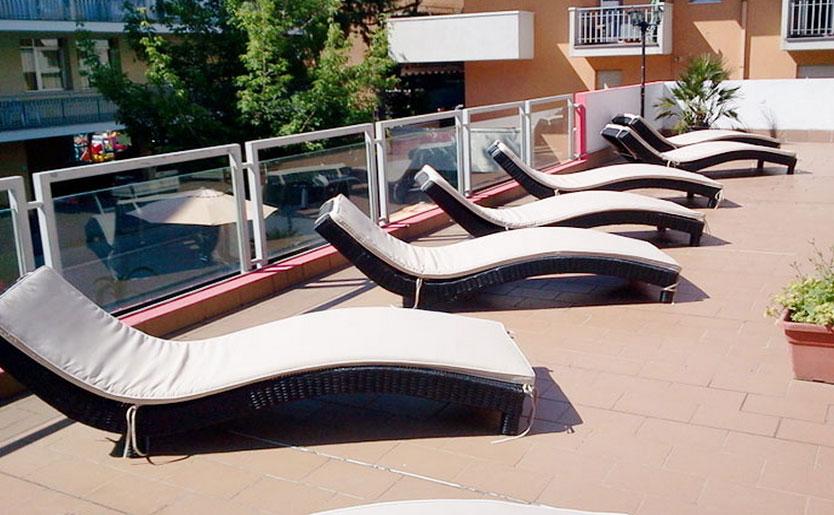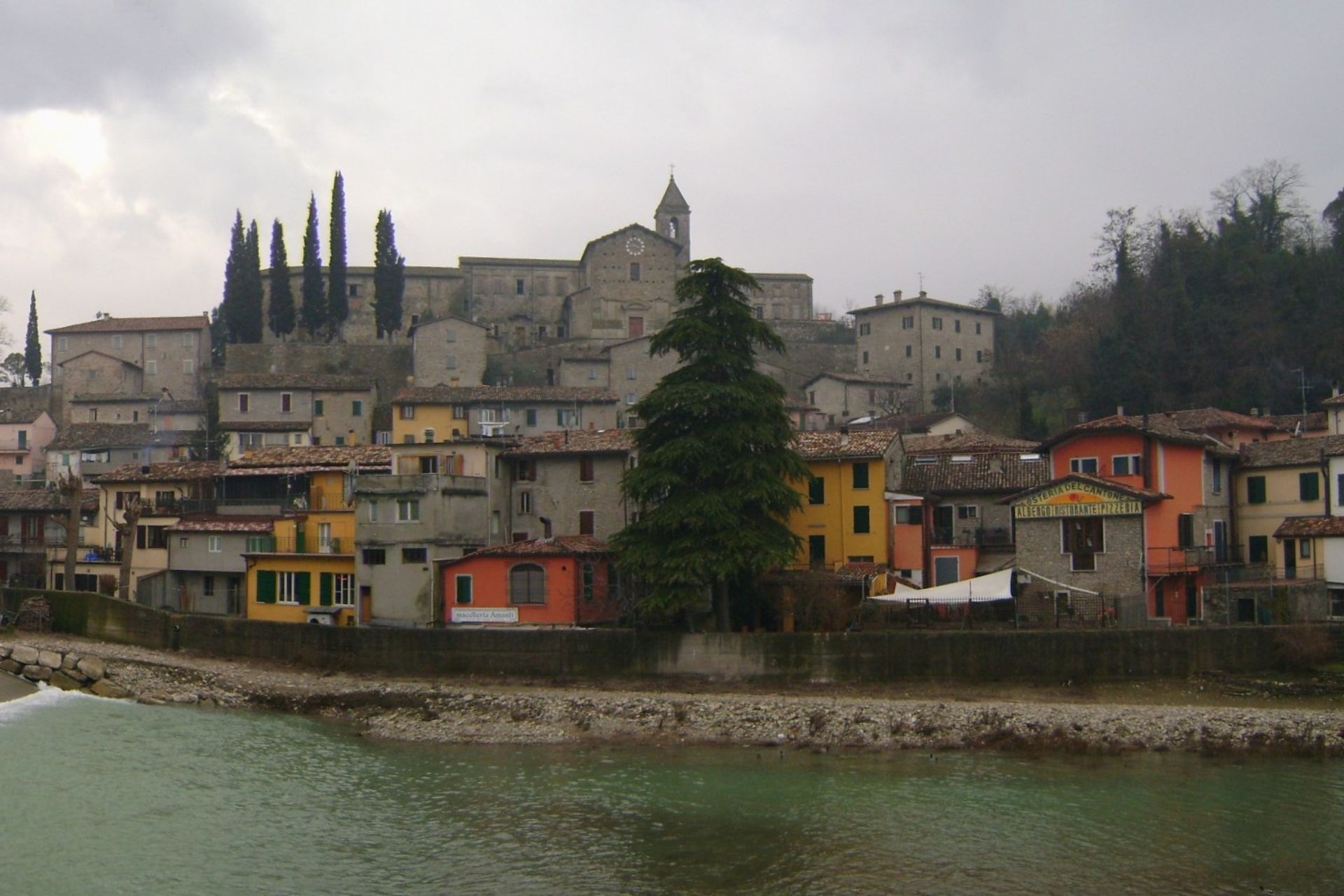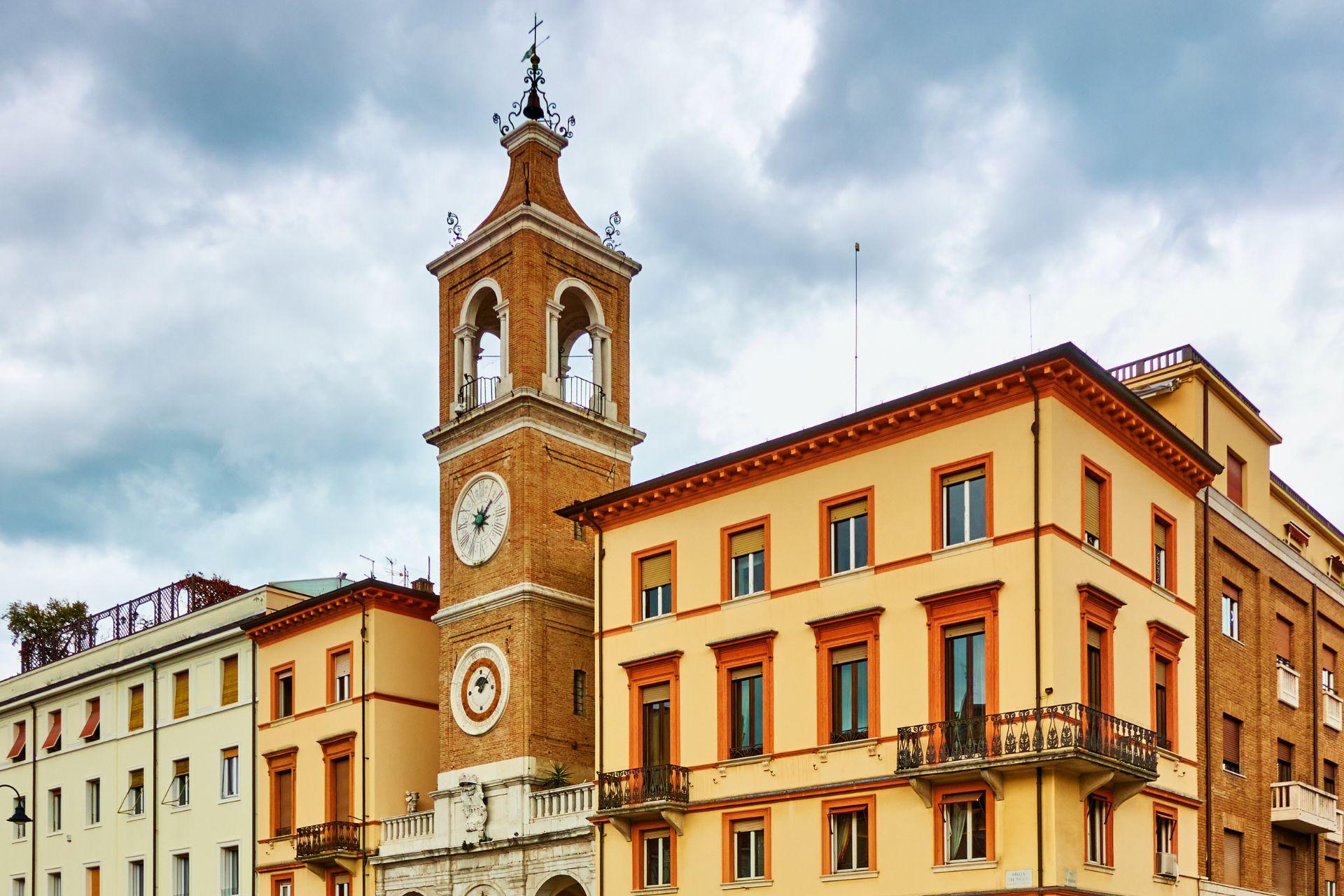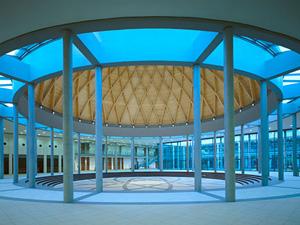How to turn a hotel into a successful bed and breakfast in Romagna
Transforming a hotel in a bed and breakfast success in Romagna requires careful planning and a well-defined strategy. Here are some key steps to achieve this:
1. Market Analysis
Competitor Research: Analyses other bed and breakfasts in the area to understand what they offer and what their strengths and weaknesses are.
Target Identification: Define your target audience (families, couples, tourists, riders, etc.).
2. Renovation and Design
Cosy Spaces: Transform the hotel rooms into more intimate and cosy rooms, maintaining a Romagna style that recalls the local tradition.
Common areas: Create pleasant common areas, such as a lounge or a garden, where guests can socialise.
3. Breakfast Offer
Home-made Breakfast: Offer a hearty and varied breakfast, with local products and fresh ingredients, perhaps with a focus on traditional desserts from Romagna.
Customised Options: Consider offering options for special diets (vegetarian, vegan, gluten-free).
4. Additional Services
Local activities: Organise tours, excursions, or Romagna cooking workshops to give your guests an authentic experience.
Local Partnership: Collaborate with local companies to offer services such as bicycle hire, horse riding or visits to wineries.
5. Promotion and Marketing
Website: Create an attractive and easy-to-navigate website with online booking facilities.
Social Media: Use social platforms to promote your B&B in Romagnasharing attractive photos of the rooms and services offered.
Reviews: Encourage guests to leave reviews on sites such as TripAdvisor and Google to increase visibility.
6. Personalised Reception
Customer Service: Focus on exceptional customer service, welcoming guests with warmth and helpfulness.
Local Information: Provide guides and tips on restaurants, attractions and local events to enrich your visitors' experience.
7. Economic Management
Cost Control: Closely monitor expenses and optimise costs without compromising quality.
Competitive Rates: Set competitive rates, taking into account seasonality and local events.
8. Sustainability
Eco-Friendly Practices: Integrates sustainable practices to attract an increasingly environmentally conscious clientele, such as the use of organic products and waste reduction.
9. Local Culture
Enhancing the History of Romagna: Integrate elements of Romagna culture into your offer, creating an atmosphere that tells the history and traditions of the area.
10. Feedback and Improvements
Listen to your guests: Collect feedback from your guests to constantly improve your service and offer.
With a strategic approach and strong attention to detail, your bed and breakfast can become a reference point for those visiting Romagna.
Revenue management: what actions to take for a bed and breakfast in Romagna
Revenue management is essential to maximise the profits of a bed and breakfast, especially in a tourist region like the
Romagna. Here are some actions you might consider:
Demand analysis: Monitor and analyse high and low seasons, local events, public holidays and school holidays to forecast demand and adjust tariffs accordingly.
Dynamic Pricing: Set up a dynamic pricing system that can adapt in real time to demand. Use software tools or simple spreadsheets to change rates according to availability and demand.
Promotions and packages: offer promotional packages, such as discounts for extended stays, special rates for early bookings or last-minute bookings. Also consider collaborating with local businesses to create experiential packages.
Availability management: Optimise availability by managing distribution channels. Use platforms such as Booking.com, Airbnb and other portals to maximise visibility, but watch out for commissions.
Online marketing: Invest in a digital marketing strategy, including SEO and social media marketing, to attract more customers. Also consider using email marketing to reach out to past customers.
Reviews and reputation: Monitor and manage online reviews. Positive reviews can increase your visibility and attract new customers. Always respond to reviews, both positive and negative.
Competitor analysis: Monitor competitors to see how they position themselves in the market. Analyses their rates, offers and availability to find opportunities to differentiate your B&B.
Customer loyalty: Create a loyalty programme for regular customers, offering discounts or exclusive benefits to encourage direct bookings.
Staff training: Ensure that staff are properly trained in customer service and reservation management to maximise upselling and cross-selling opportunities.
Effective website: Have a professional and user-friendly website with direct booking facilities. A good site can also incorporate a blog, providing information on local attractions to attract visitors.
By implementing these strategies, you can optimise the revenue of your bed and breakfast and improve your competitiveness in the Romagna market.
How to improve occupancy and fill rooms for a beb in Romagna
Filling the rooms of a B&B in Romagna requires a combination of marketing strategies, improvement of services offered and attention to guests' needs. Here are some suggestions for improving the occupancy of your B&B:
1. Online Presence
Professional Website: Create an easy-to-navigate site with high-quality photos, attractive room descriptions and information on the services offered.
SEO (Search Engine Optimisation): Optimise your site for search engines with relevant keywords related to your location and services. This will help improve visibility.
Social Media: Use platforms such as Facebook, Instagram and Pinterest to share photos, special offers and local events. Interact with followers to build a community.
2. Use of Booking Platforms
Booking Platforms: Use platforms such as Booking.com, Airbnb and Expedia to reach a wider audience.
Managing Reviews: Encourage guests to leave reviews and respond promptly to feedback to build a good online reputation.
3. Special Offers and Packages
Seasonal Promotions: Create special offers during holidays, long weekends or in low season.
Thematic Packages: Offer packages for local events, guided tours or culinary experiences.
4. Local Collaborations
Partnerships with local businesses: Collaborate with restaurants, tour operators and local attractions to offer discounts or combination packages.
Local events: Promote your B&B at local events, fairs and cultural manifestations.
5. Improvement of Services
Comfort and Cleanliness: Make sure the rooms are always clean and well maintained. Invest in comfort (quality mattresses, fresh linen, etc.).
Additional Services: Offer services such as breakfast prepared with local ingredients, free Wi-Fi, parking and recreational activities.
6. Targeted Marketing
Email Marketing: collect email addresses from your guests and send newsletters with offers and updates.
Promotion on Google Ads and Social Media Ads: Investing in online advertising can increase visibility and attract new guests.
7. Tell Your Story
Storytelling: Share the story of your B&B, your philosophy and your connection to the local community. This can attract guests looking for authentic experiences.
8. Feedback and Continuous Improvement
Listen to your guests: Pay attention to feedback and try to constantly improve the services offered.
Surveys: Send post-stay surveys to understand your guests' needs and expectations.
By implementing these strategies, you can improve the occupancy of your B&B and attract more visitors to beautiful Romagna. Good luck!
What a bed and breakfast offers and what features it must have
A bed and breakfast (B&B) is a form of hospitality offering overnight accommodation and breakfast to guests. In general, B&Bs are characterised by an informal and cosy atmosphere, often run by private individuals living in the same building. Here are some typical features and offers of a bed and breakfast:
Features of a B&B
Accommodation: They offer furnished and comfortable rooms for guests, generally equipped with beds, wardrobes and, in some cases, private bathrooms.
Breakfast: Breakfast is one of the key points of the offer, usually prepared and served by the owners. It can vary from a simple continental breakfast to a richer menu with local specialities.
Family ambience: B&Bs are often run by families, which contributes to a warmer and more personal atmosphere than in larger hotels.
Additional Services: Many B&Bs offer services such as free Wi-Fi, parking, tourist information and sometimes organised activities such as excursions.
Location: Often located in residential or picturesque areas, they can attract tourists looking for a more authentic experience.
Current regulations
Regulations concerning bed and breakfasts can vary considerably by country and, in some cases, even at regional or municipal level. Here are some of the general regulations that may apply:
Registration: Registration with local or regional authorities is often required. In some places, special licences or permits must be obtained to operate legally.
Health regulations: B&Bs must comply with local health regulations, which may relate to food preparation, cleanliness and guest safety.
Safety: Safety regulations must be observed, including the installation of smoke detectors, fire extinguishers and emergency exits.
Limitations on the number of rooms: In some jurisdictions, there may be limitations on the number of rooms that can be rented, for example, not to exceed a certain number of beds.
Taxes: B&B operators must be aware of tax regulations, including possible registration for the sale of tourist services and payment of income tax.
Conclusion
Running a bed and breakfast can be a rewarding experience, but it is crucial to be aware of local regulations and best practices to ensure quality hospitality. Before starting a B&B, it is advisable to consult local authorities or experts in the field to ensure that you comply with all applicable laws.
Difference between hotel and bed and breakfast
Switching from a classic hotel stay to a bed-and-breakfast (B&B) only formula offers several advantages:
More affordable price: B&Bs tend to be cheaper than traditional hotels as they offer fewer services and amenities. This can be a great advantage for those looking to save money while travelling.
More cosy atmosphere: B&Bs are often run by local owners, which creates a homely and intimate atmosphere. Guests can feel more at home than in an impersonal hotel.
Home-cooked breakfast: B&Bs usually offer hearty home-cooked breakfasts prepared with fresh ingredients. This is a great way to start the day and try local flavours.
More social interaction: B&Bs tend to have fewer rooms than hotels, which encourages interaction between guests. This can lead to interesting conversations and new friendships.
Local experience: B&B owners often provide valuable advice on places to visit, restaurants to try and activities to do in the surroundings, offering a more authentic and personalised experience.
Uniqueness: each B&B is unique, with its own decoration and character, while hotels tend to follow more uniform standards. This can make the stay more memorable.
Strategic locations: Many B&Bs are located in residential areas or in central locations, offering easier access to local points of interest than many hotels.
Flexibility: B&Bs often offer more flexibility in terms of check-in and check-out, depending on availability and guests' needs.
Choosing a B&B can be an ideal choice for those seeking a more personal experience close to the local culture during their travels.

